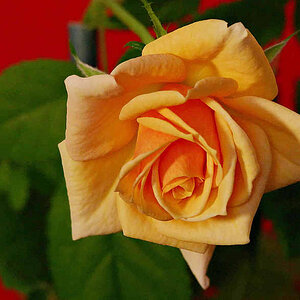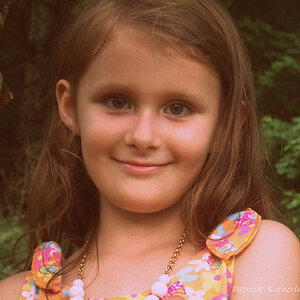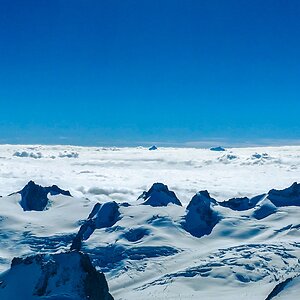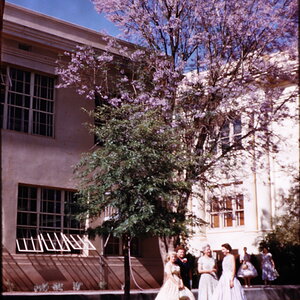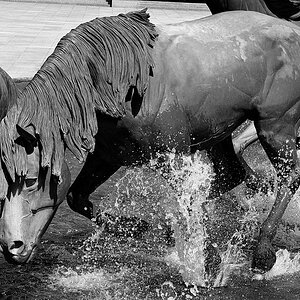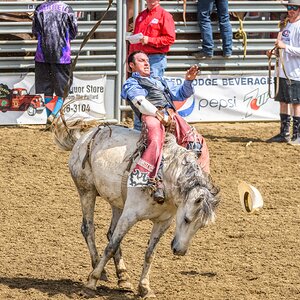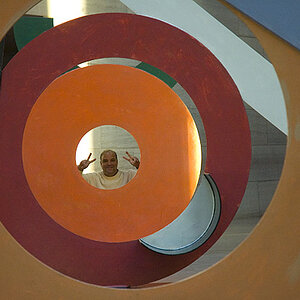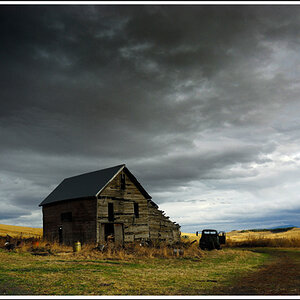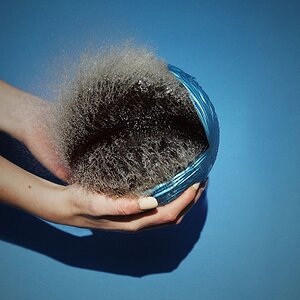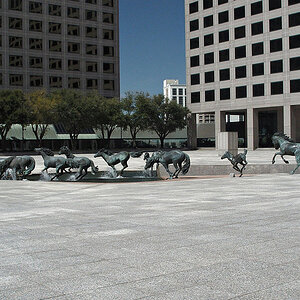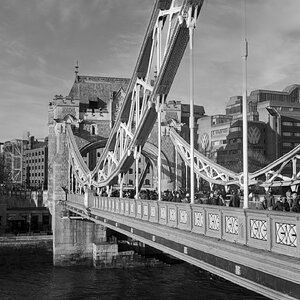- Joined
- Mar 8, 2011
- Messages
- 25,160
- Reaction score
- 9,010
- Location
- Iowa
- Website
- pixels.com
- Can others edit my Photos
- Photos NOT OK to edit
As far as missed focus I'm wondering if I have the area mode settings wrong for the auto focus. I was assuming part of my focusing problem was having too many of the sensors available bc it was set to auto. The same instructor who told me to get the IS lens had me set it at d9. That kind of illustrates my point in thinking that I got a camera that was too sophisticated for my current level of experience. I find it much easier to manually switch between the three in the D40.
Get yourself a copy of Mastering the D7000 by Darrel Young.


